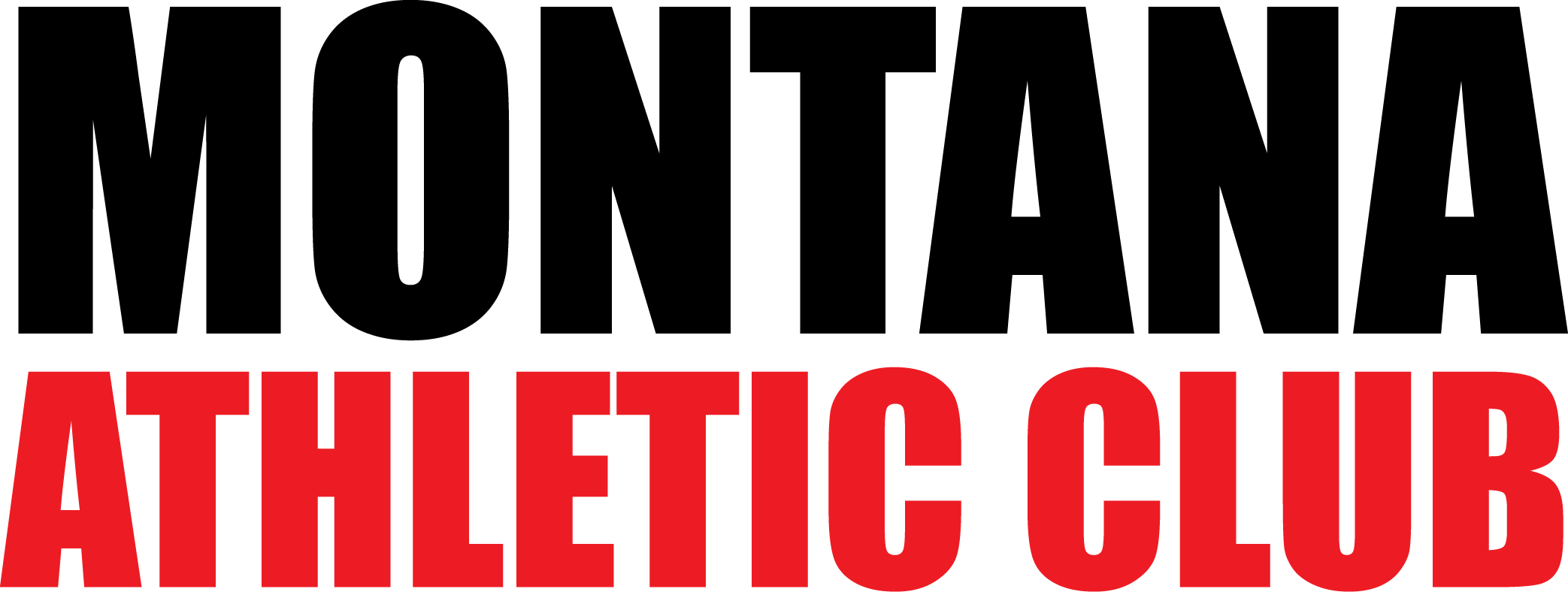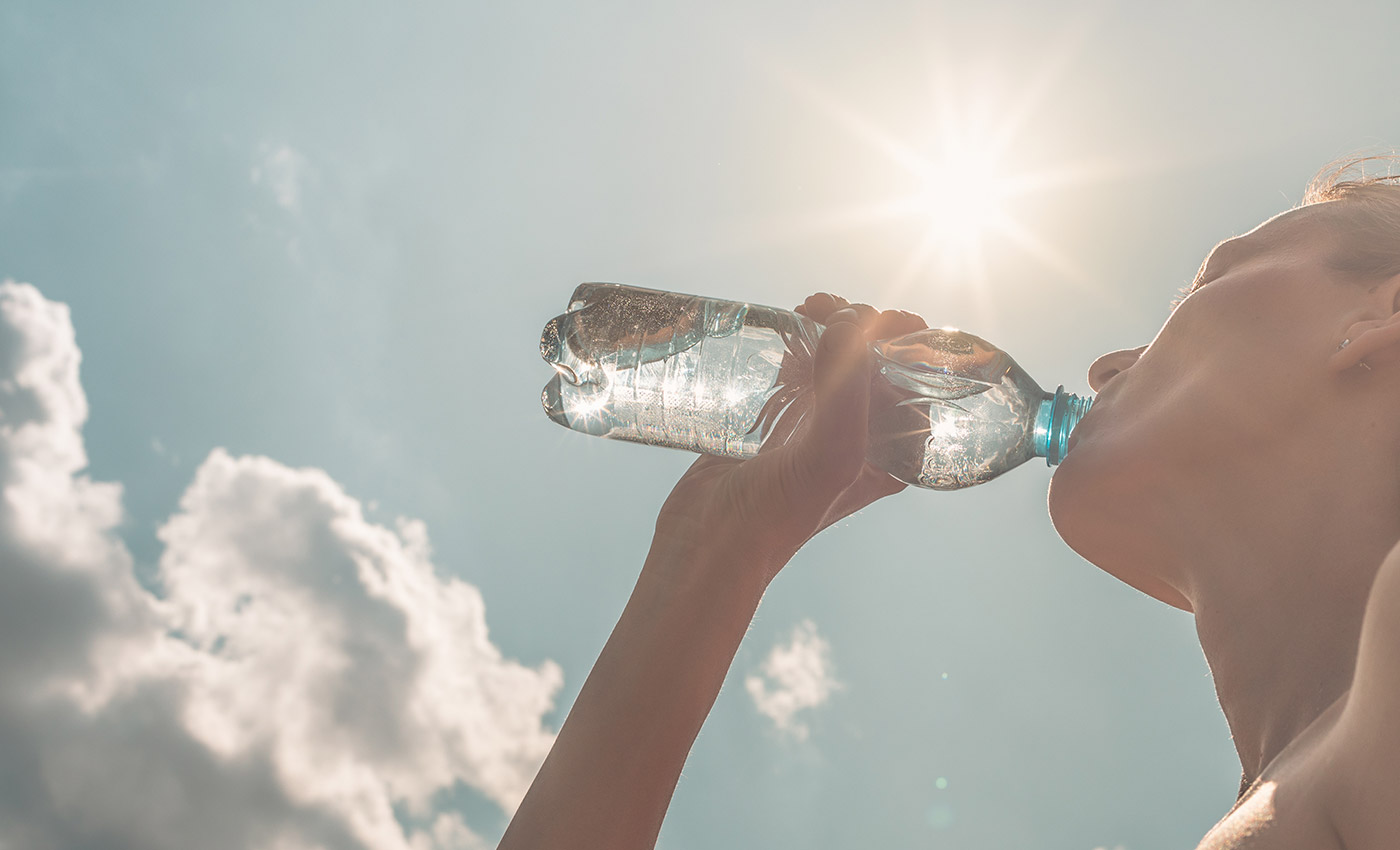What’s that saying … “Mad dogs, Englishmen and Montanan recreational athletes in the noon day sun?” Coping with the summer heat in Montana is no small challenge particularly for children and those over fifty.
Children’s immature sweating capacity creates a lower tolerance for hot weather. The over-fifty crowd has a diminished sensitivity to thirst and a decline in the body’s ability to cool itself. Heat injury, however, can strike anyone of any age at any level of physical fitness.
Every year approximately a thousand Americans die from heat-related illnesses, and tens of thousands fall ill. If you’re physically active in the summer, it would be wise to know the signs, symptoms and treatment of heat injuries.
According to the American Medical Association, heat cramps are benign, sometimes painful muscle cramps that are a result of excessive salt loss due to profuse sweating. Treatment consists of the use of salt tablets or drinking a sports drink with electrolytes. Experts also recommend slow and gentle stretching and a gentle massage of the involved muscle.
Heat syncope is fainting or excessive loss of strength caused by exertion in heat. The signs are cool and sweaty skin, dizziness, drop in blood pressure, slow pulse rate and sudden fainting. The prescribed treatment is to get out of the sun and heat, lower your head between your knees and drink plenty of fluids.
The most common form of heat injury is heat exhaustion, which is a potentially serious condition resulting from dehydration and/or salt depletion due to heavy perspiration. The symptoms are goosebumps, profuse sweating, cold and clammy skin, weak and rapid pulse, headache, dizziness, shortness of breath, pale color, nausea and/or vomiting, muscle cramps, giddiness, delirium and loss of coordination. Treatment calls for cessation of physical activity and lying down out of the hot environment in a well-ventilated area with feet elevated 12-18 inches. Remove excess clothing, force consumption of cool liquids, apply cool-wet towels to the body and call your physician.
Heat exhaustion may be a precursor to heat stroke, which is a complete breakdown of the body’s ability to cool itself and is considered a life-threatening medical emergency. There is generally no perspiration, dry-hot-flushed skin, body temperature as high as 106 degrees, strong/rapid pulse, labored breathing, unsteady gait, disorientation, bizarre or combative behavior and loss of consciousness. Heat stroke requires a 911 call.
Move the individual to a shaded, well-ventilated area and remove as much clothing as possible. Cool the individual quickly starting at the head and continuing down the body with any means possible (fan, hose, ice). Wrap the individual in wet sheets, and, if conscious, administer cool fluids while awaiting emergency medical help.
Being physically active in the heat of Montana’s humid summer deserves your utmost respect and preparation. Exercise smart … stay cool!
Cord Prettyman is an IDEA Master Personal Trainer with 32-years of personal training experience, who works at the Montana Athletic Club in Bigfork, Montana. He can be reached at the club at 406-837-2582 or directly at 719-761-8592. Email: cord@cordprettyman.com. Website: www.cordprettyman.com
Tips to help you avoid a heat related injury this summer:
- Drink plenty of fluids before, during and after exercising.
- Decrease your exercise intensity and avoid exercising during the heat of the day.
- Wear lightweight, light colored, loose-fitting clothes and a hat.
- Apply sunscreen liberally and avoid excessive alcohol and caffeine.
- Use wet towels to cool yourself when overheated.
- Take special care if underweight, overweight, pregnant, a child or over fifty. If under a doctor’s care or taking medication, check with your physician prior to exercising in the heat.

